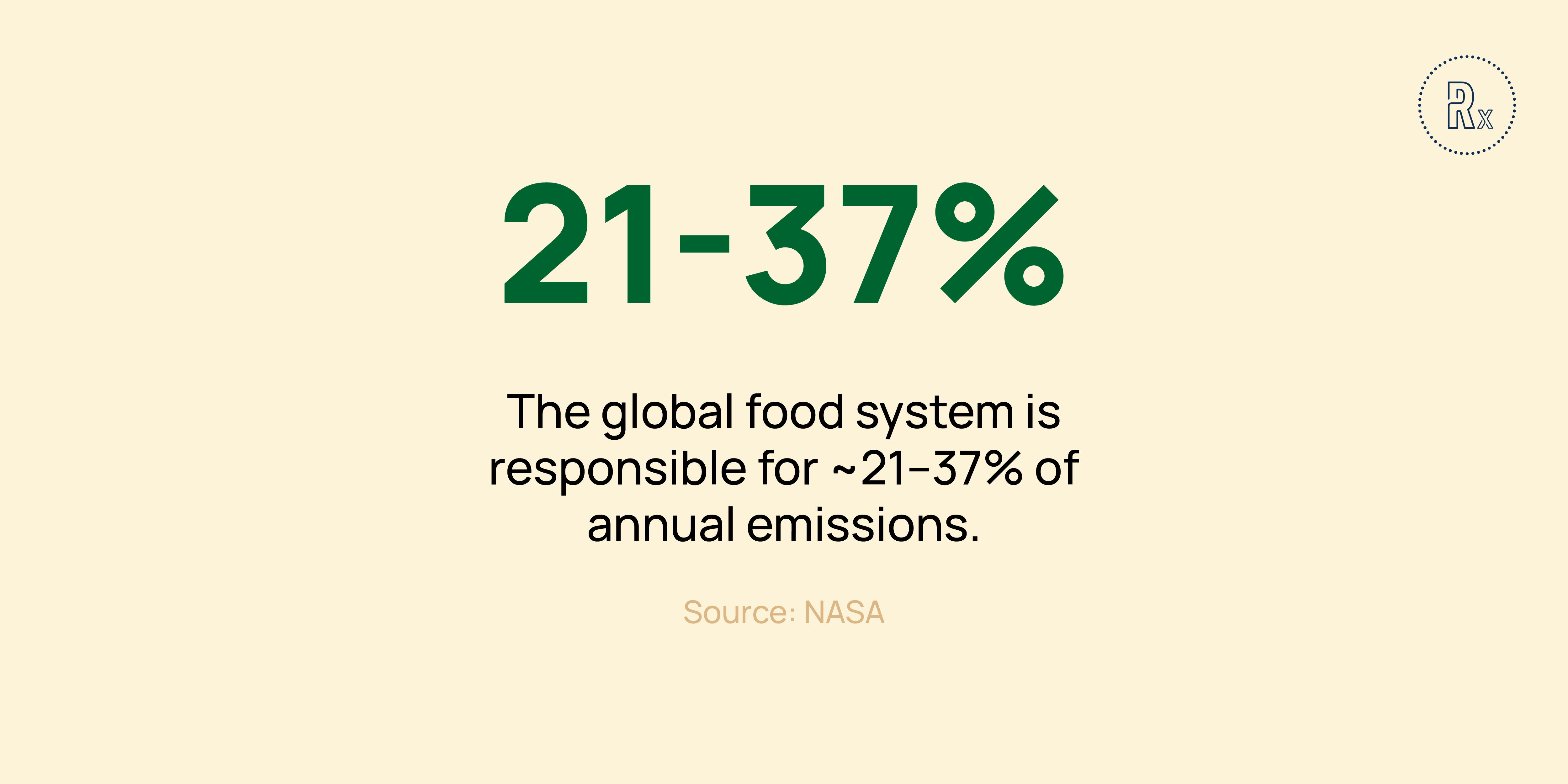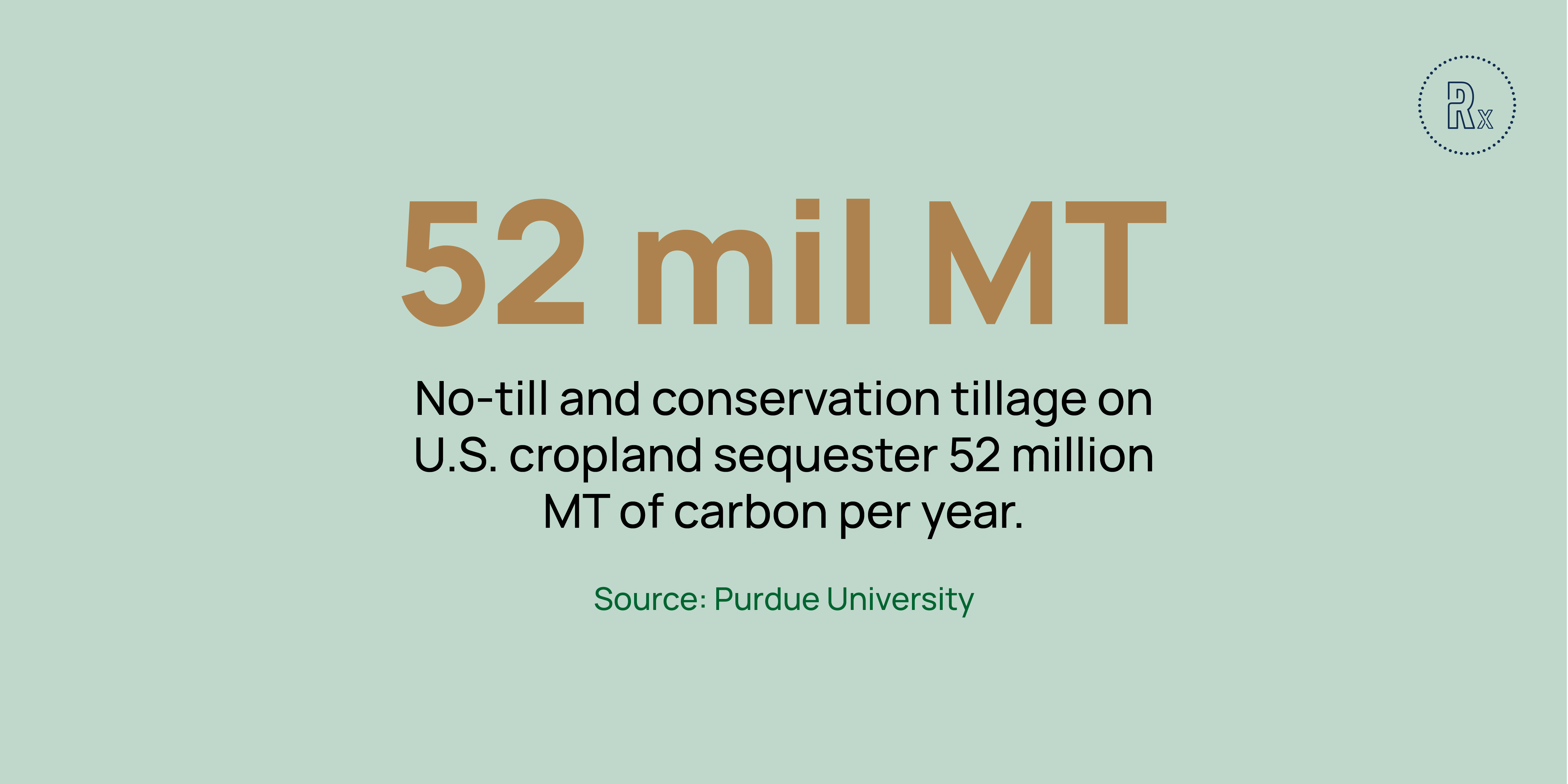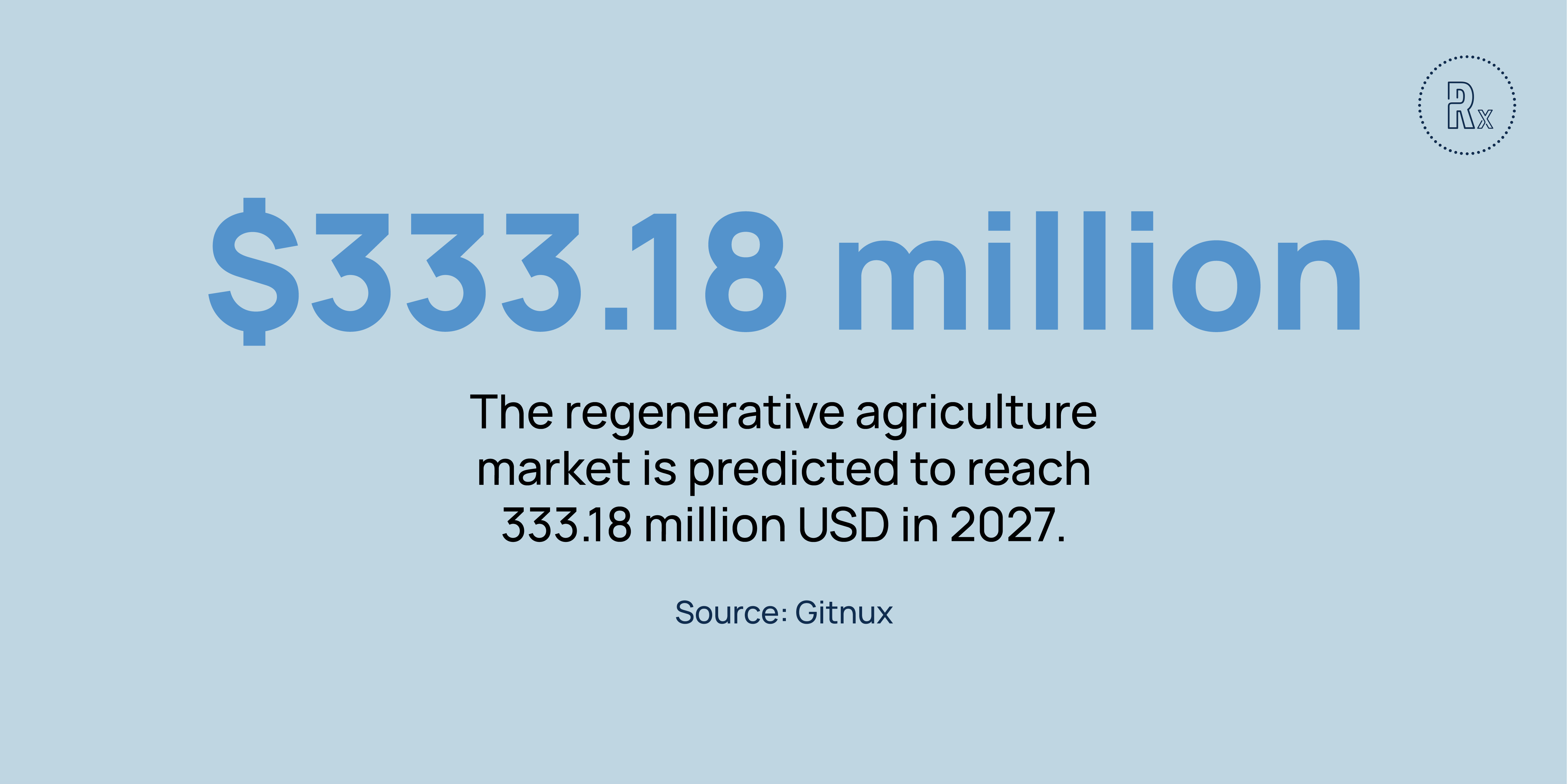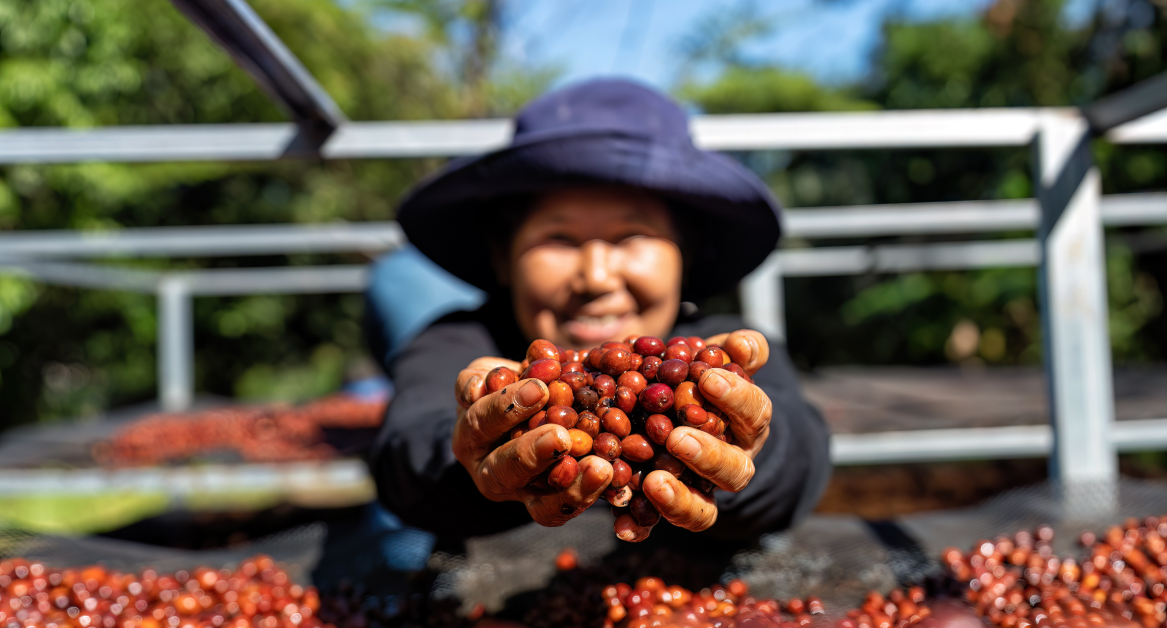In the heart of modern agriculture lies a growing movement, one that promises to redefine the essence of farming and food production – regenerative agriculture. At the core of this revolution are data-driven insights that highlight the tangible benefits of nurturing the earth, optimizing food systems, and reducing our carbon footprint.
Join us as we delve into the most current statistics on how regenerative agriculture practices can have a profound impact on the economy, climate, biodiversity, and more. From the improved soil carbon levels to the advanced farming practices reducing annual CO2 emissions, the numbers offer a story of hope and progress.
Statistics about economic impact:
1. Regenerative farming is up to 60% more profitable after six years (Climate Farmers).
This statistic reflects the long-term financial benefits of regenerative farming methods, which can lead to lower input costs and higher profit margins due to improved soil health and reduced need for expensive synthetic inputs.
2. Regenerative fields yield 29% lower grain production but 78% higher profits than traditional systems (NCBI).
Although regenerative practices may initially result in lower yields, the overall profitability is higher due to factors like reduced input costs and potentially higher market prices for sustainably produced crops.
3. Regenerative practices can increase profitability by up to 120% for U.S. wheat farmers (BCG).

In the context of U.S. wheat production, the shift to regenerative agriculture can significantly enhance farmers’ income through improved soil fertility and possibly qualifying for carbon credits.
4. Regenerative agriculture is seen as a climate solution and supplemental income source for farmers. Farmers would have to receive an additional $40/acre in profit to switch from conventional tillage to no-till (Purdue University).
By adopting regenerative practices, farmers can contribute to climate change mitigation and potentially earn additional revenue through carbon sequestration incentives. However, the current financing for regenerative agriculture participation is still a low incentive to induce widespread adoption.
5. A 15%–25% return on investment is possible for farmers transitioning to regenerative practices (BCG)
This range indicates the financial viability and potential gains once farmers fully integrate regenerative practices into their operations.
6. Regenerative agriculture can result in long-term profits up to 120% higher than those of farmers using conventional practices (Cultivating farmer prosperity)
Regenerative agriculture practices have the potential to significantly increase a farmer’s profitability. Over time, as the ecological benefits of these practices enhance soil health and biodiversity, farmers can experience profit margins that are up to 120% above those using conventional methods.
7. The Ecdysis Foundation found a 78% increase in long-term profits over conventional methods – while The Rodale trial showed long-term profit increases of 194% for regenerative organic systems (Cultivating farmer prosperity)
Studies such as those by the Ecdysis Foundation and the Rodale Farming Systems Trial highlight the economic benefits of regenerative farming. The Ecdysis Foundation found a 78% increase in long-term profits over conventional methods, despite a lower average yield. The Rodale trial showed even more dramatic long-term profit increases of 194% for regenerative organic systems, without a yield reduction, underscoring the financial viability of regenerative practices when paired with organic farming and associated price premiums
Statistics about soil health:
8. No-till farming and cover crops promote soil health by restoring soil’s organic carbon (World Resources Institute).
These regenerative practices enhance the organic carbon content of the soil, which is crucial for soil structure, fertility, and overall ecosystem health.
9. The soil carbon pool is essential in the global carbon cycle, with potential for re-sequestration (Purdue University).
Agricultural soils are a major carbon storehouse; regenerative practices can potentially reverse historical carbon losses from soil, contributing to climate change mitigation.
Statistics about water management:
10. A “regenerated” clay soil with the same texture but better structure might improve water retainment up to 150% more which means more water ends up in the soil and/or passing through to groundwater (Frontiers).
By improving soil health, regenerative agriculture helps maintain adequate soil moisture for crops and reduces water runoff, leading to more efficient water use.
11. Healthier soils retain more rainfall, reducing the need for irrigation (Frontiers).
When soil is rich in organic matter and well-structured, it can hold more water, decreasing reliance on irrigation and conserving water resources.
12. Soil infiltration rates are critical, with regenerated soils allowing for higher rates of water penetration (Frontiers).
Enhanced soil structure from regenerative practices allows for better water infiltration, which can reduce erosion and improve groundwater recharge.
Statistics about climate change mitigation:
13. The global food system is responsible for ~21–37% of annual emissions (NASA).
The agricultural sector’s emissions are a notable part of the global greenhouse gas emissions profile, and targeted reductions could have a substantial impact on global warming.

14. Anthropogenic climate change is caused by multiple pollutants, with CO2, CH4, and N2O being the largest contributors (Frontiers).
These gases, emitted in significant quantities by agriculture, are key targets for reduction strategies within the sector.
15. In the Indian rice value chain, 50-65% of emissions occurred during the Supply/Production stage, including seed supply, fertilizer use, and paddy flooding. Post-Harvest Processing accounted for another 10-25%, while Distribution and Consumption were responsible for 20-25% of emissions. (The Asia Food Challenge)
The statistics show that the majority of emissions in the rice value chain in India occur during the initial stages of production, like the use of fertilizers and flooding of rice paddies, which contribute to 50-65% of the emissions. The post-harvest processing and distribution and consumption stages contribute to the remainder. This data can help target interventions to reduce emissions at the stages where they are highest
16. At least two-thirds of emissions in Asia’s agri-food value chain occur before the produce leaves the farm. (The Asia Food Challenge)
This indicates that the majority of greenhouse gas emissions in Asia’s agricultural sector are generated during the early stages of food production, such as cultivation and harvesting.
17. Agri-food contributes to approximately 34% of all carbon dioxide equivalent emissions globally (15.9 Gt CO2e). (The Asia Food Challenge)
This statistic highlights the significant impact of agricultural and food production activities on global carbon emissions, accounting for over a third of the total.
18. In Asia, agri-food is responsible for around 26% of all emissions, and Asia is responsible for approximately 42% of all global agri-food emissions. (The Asia Food Challenge)
Asia plays a major role in global agri-food emissions, both in terms of its share within the region and its contribution to the world’s total agri-food emissions.
✨ Extra reading: Exploring Sustainable Agriculture Examples Around the Globe 🌏
Statistics about carbon sequestration:
19. No-till and conservation tillage on U.S. cropland sequester 52 million MT of carbon per year (Purdue University).
These practices lock away carbon in the soil, contributing to reduced atmospheric CO2 levels.

20. Planting cover crops on all U.S. cropland could sequester 147 million MT of carbon per year (Purdue University).
This represents a significant potential for cover crops to impact carbon sequestration on a national scale.
21. Cover crops have a carbon sequestration potential ranging from 0.04 to 0.4 MT/acre/year (Purdue University).
The range indicates that the effectiveness of cover crops for carbon sequestration can vary widely based on agronomic and environmental conditions.
22. Implementing available technologies and practices in the agri-food sector can potentially reduce CO2 emissions in the Asian agri-food sector by approximately 12% by 2030. (The Asia Food Challenge)
Adopting modern agricultural technologies and practices can significantly lower carbon emissions in Asia’s agricultural sector within the next decade.
Statistics about crop yields and food security:
23. Improvements in soil-water holding capacity from regenerative practices capture more rainfall, reducing irrigation needs (Frontiers).
This leads to more sustainable crop production and can help buffer against droughts, contributing to food security.
24. Cover crops contribute to carbon sequestration effectiveness, which can enhance soil fertility and potentially lead to increased crop yields (Purdue University)
The addition of biomass from cover crops improves soil conditions, which is beneficial for crop production and food security.
Statistics about investment, adoption and growth:
25. 63% of farms in North America have adopted regenerative practices (Gitnux).
This widespread adoption highlights the growing recognition of regenerative agriculture’s benefits among farmers.
26. Since 2018, 25% of produce sold in the USA is organic (Gitnux).
The market for organic and by extension regeneratively farmed produce is significant and growing, reflecting consumer demand for sustainable products.
27. The regenerative agriculture market is predicted to reach 333.18 million USD in 2027 (Gitnux).

This forecasted market growth indicates a strong trend towards regenerative agriculture practices and reflects increasing investment and consumer interest in sustainable agriculture.
28. A decade-long (2012-2022) overview of global early-stage agri-food technology investment by the supply chain stage showed a fluctuating trend in the USD billions of investments and the percentage of total investments, with a significant portion being upstream (e.g., 62%, 60%, 59%, etc.) (The Asia Food Challenge)
Over a period from 2012 to 2022, there has been a considerable investment in agri-food technology, particularly in the early stages. The percentages like 62%, 60%, and 59% represent the proportion of total investments that were allocated upstream in the supply chain, indicating a focus on the initial stages of food production, which includes activities like research and development in biotechnology, which can have long-term sustainability benefits
Foster a brighter future with data-driven decisions
With the above evidence, regenerative agriculture is not just a hopeful experiment, but a robust path forward. The statistics we’ve unearthed tell a compelling story of a future where farming has to combine tradition with innovation.
With improved soil health, significant carbon sequestration, water conservation, and a substantial increase in profitability, this approach doesn’t just benefit the environment; it makes economic sense.
By making choices today that are good for the earth, we are fostering a better and sustainable future for generations.



